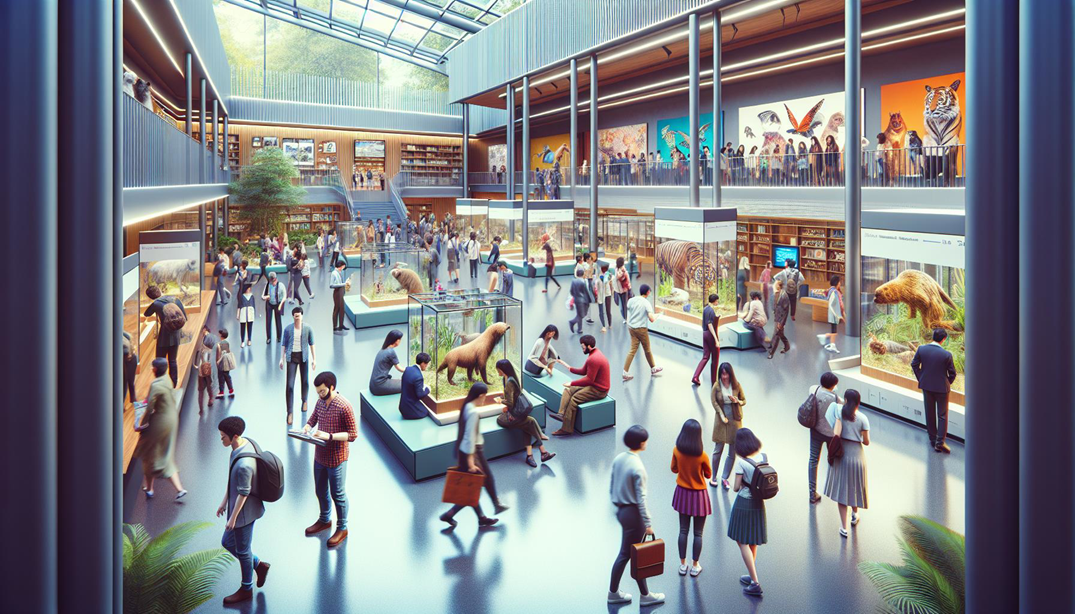Introduction to the Innovative Experience
Visitors to the University of Cambridge’s Museum of Zoology are in for a groundbreaking experience. Thanks to generative artificial intelligence (AI), they will soon be able to engage in two-way conversations with select animals on display. This innovative approach aims to enhance visitor engagement and provide a deeper understanding of the natural world.
The museum has carefully chosen 13 specimens for this interactive experiment, including the extinct dodo, narwhal and blue fin whale skeletons, a red panda, and a preserved cockroach. By scanning a QR code with their phones, visitors can initiate conversations with these specimens, making the museum visit more dynamic and informative.
The Purpose and Potential of AI-Driven Interactions
Jack Ashby, the assistant director of the museum, emphasizes that the primary goal of this initiative is to foster a greater connection between visitors and the natural world. By allowing people to “speak” with these animals, the museum hopes to spark curiosity and encourage a deeper exploration of the exhibits.
Moreover, these AI-driven interactions are designed to gather insights into what visitors are most curious about. This feedback can be invaluable for the museum in tailoring future exhibits and educational programs to better meet the interests and needs of its audience.
The Mechanics of the AI Conversations
The process is simple yet sophisticated. Visitors will find QR codes placed strategically near each exhibit. By scanning these codes with their smartphones, they can begin a conversation with the AI representation of the specimen.
This month-long experiment, starting on Tuesday, is a testament to how technology can transform traditional museum experiences. By integrating AI, the museum is not only making learning more interactive but also paving the way for future educational innovations.
Conclusion: A Leap Towards Future Learning
This initiative by the University of Cambridge’s Museum of Zoology marks a significant step in the use of AI for educational purposes. It demonstrates how technology can be harnessed to make learning more engaging and personalized.
As museums around the world look for ways to attract and educate visitors, such AI-driven interactions could become a standard feature, offering a more immersive and informative experience that bridges the gap between the past and the present.
- Visitors can engage in two-way conversations with select museum specimens using AI.
- The initiative aims to enhance engagement and gather visitor insights.
- QR codes enable visitors to start conversations with the AI representations.
- The experiment is a month-long and could shape future museum experiences.
